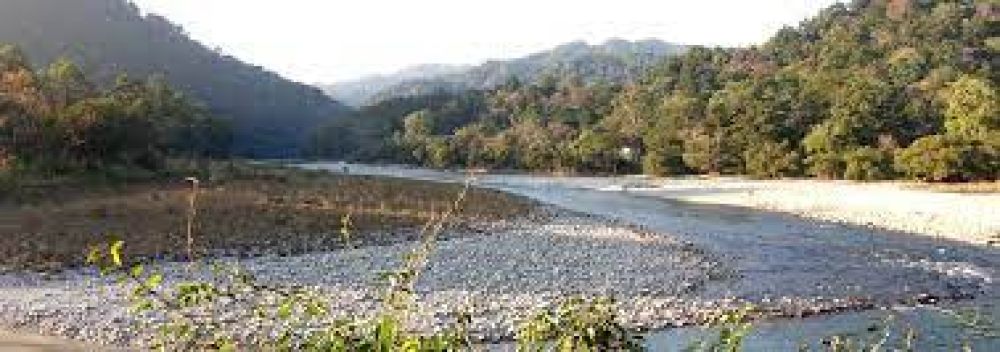

The beautiful Sona Nadi Reservoir is nestled in the heart of India's oldest national park, Jim Corbett National Park, in Uttarakhand. Jim Corbett National Park, established in the year 1936 as Hailey National Park, has a rich history that significantly contributes to the development of tourism in this region. Initially created to protect the endangered Bengal tiger, it is now a coveted destination for wildlife enthusiasts and nature lovers.
The Park was renamed in 1957 after Jim Corbett, a legendary British hunter and naturalist who played a pivotal role in its establishment. Initially, the area wasn't a popular tourist spot due to its remoteness and the peril associated with wild predators. However, with the introduction of the Wildlife Protection Act of 1972, the government started regulating tourism. The park was one of the first regions to come under the Project Tiger initiative to protect the endangered species.
As infrastructure improved and conservation efforts became more publicized, tourists started flocking to this nature reserve to experience its rich biodiversity. The Sona Nadi Reservoir area, being part of this vast ecosystem, soon became an integral component of the tourist circuit. The reservoir's tranquil waters, surrounded by dense forests, offer a picturesque setting and opportunity to view various species of animals and birds.
In recent years, the focus has shifted towards eco-tourism, with the aim of ensuring that the fragile ecosystems are conserved while providing an immersive experience to visitors. Tour operators and lodge owners in and around Sona Nadi and Jim Corbett National Park are increasingly adopting practices that are environmentally sustainable and community-friendly.
In the latest tourism trends, there has been an increased emphasis on sustainable, off-the-beaten-path travel experiences. While Jeep safaris continue to be popular for exploring the park and observing wildlife, including the zones around Sona Nadi Reservoir, there's also been a rise in demand for activities like:
Going forward, sustainable tourism will likely continue to be at the forefront, with an emphasis on minimizing human impact and supporting conservation efforts directly through tourism revenue. The Sona Nadi Reservoir and its surrounding areas in Jim Corbett National Park are poised to set an example for nature-based tourism in India, balancing the needs of the environment with the growing demand from visitors seeking authentic experiences.
As we look to the future, the legacy of Jim Corbett and the enchantment of the Sona Nadi Reservoir endures, promising to attract tourists from all corners of the globe with its serenity and raw natural beauty.